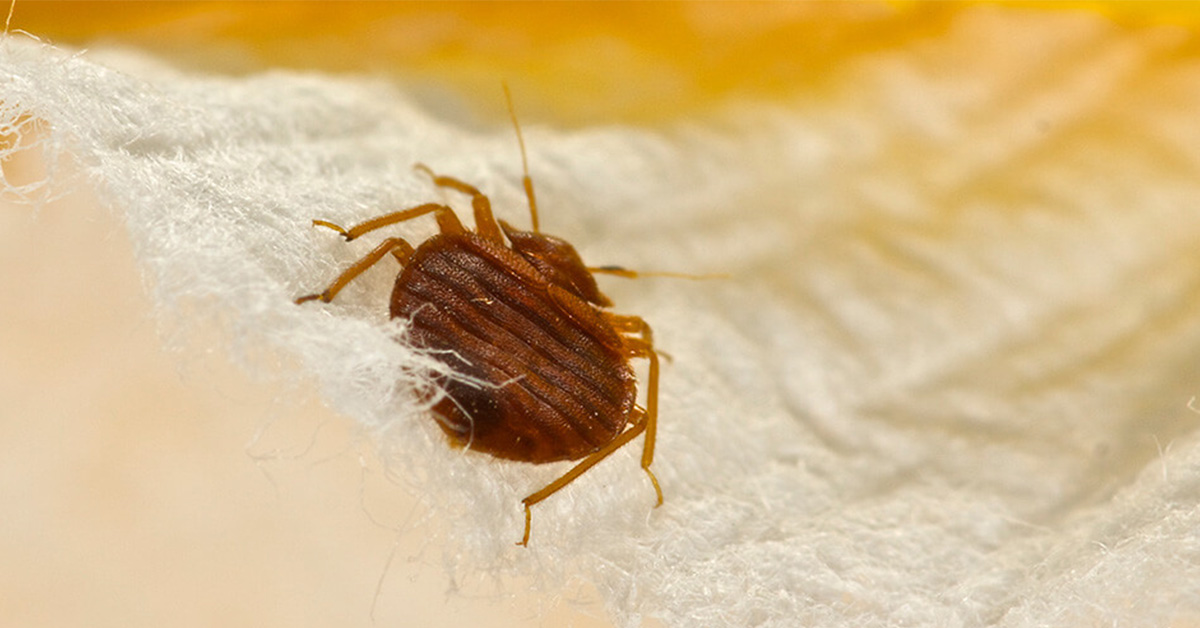Kings Pest Control Expert Cincinnati: Reliable Bug Administration
Kings Pest Control Expert Cincinnati: Reliable Bug Administration
Blog Article
Kinds of Insect Control: Which Approach Is Right for Your Invasion?
When encountered with an insect problem, the selection of an ideal method for bug control is important in effectively handling the scenario. From chemical treatments to biological remedies, there exists a series of approaches that can be employed to deal with various kinds of insects. Each technique features its own set of advantages and factors to consider, making the decision-making procedure a nuanced one. Recognizing the subtleties of each technique and examining their compatibility with the details insect invasion available is essential for accomplishing long-term success in insect monitoring. By discovering the various sorts of bug control approaches readily available, individuals can make informed decisions tailored to their special conditions, ensuring a more efficient and sustainable result in bug obliteration.
Chemical Pest Control
Chemical pest control entails using artificial or naturally derived chemicals to take care of and remove pest populations efficiently. This approach is generally used in agriculture, forestry, and residential setups to deal with a variety of parasites, consisting of rats, insects, and weeds. Using chemical pesticides can give fast and targeted solutions to pest problems, making it a prominent choice for several individuals and businesses.
Among the vital benefits of chemical parasite control is its capacity to promptly eliminate pests, reducing the threat of damage to crops, property, and human wellness. By utilizing particular chemicals that target certain parasites, this approach can successfully control infestations while lessening harm to helpful organisms and the setting when used appropriately.
However, making use of chemical insect control likewise raises problems concerning potential damaging effects on non-target species, water resources, and human wellness. It is essential to follow security standards, apply chemicals responsibly, and think about different pest control techniques to lessen these threats and ensure sustainable bug monitoring techniques.
Biological Insect Control
Organic parasite control, likewise known as biocontrol, utilizes living microorganisms to decrease and manage parasite populations naturally. By making use of the bug's natural predators or virus, organic pest control offers a lasting and ecologically friendly remedy to pest administration.

Mechanical Pest Control
Using hand-operated and physical methods to manage insect populaces, mechanical parasite control supplies an alternative method that does not count on using living microorganisms or synthetic chemicals. This method involves the use of barriers, catches, or various other gadgets to physically prevent or remove pests. By blocking pest access factors or establishing traps to capture them, mechanical bug control can properly reduce infestations without introducing chemicals right into the environment.
One typical example of mechanical insect control is making use of mesh screens on doors and windows to protect against pests from getting in structures. This easy yet effective method serves as a physical obstacle, maintaining insects out while permitting appropriate ventilation. Furthermore, tools like mousetraps, fly swatters, and ultrasonic repellents drop under the mechanical parasite control classification.
While mechanical insect control techniques can be labor-intensive and require routine tracking and maintenance, they offer a lasting and eco-friendly solution for taking care of bug invasions. By combining various mechanical methods, building owners can develop a detailed insect control strategy that minimizes dependence on chemical pesticides.
Physical Parasite Control

Some typical physical parasite control methods include using obstacles such as displays or webs to avoid insect entrance, catches to catch and eliminate parasites, and hand-picking here to literally get rid of pests from plants or structures. Furthermore, methods like warm treatments can be used to control bugs like bed pests by elevating the temperature level to degrees that are deadly to the bugs.
Physical bug control is especially beneficial in incorporated bug administration (IPM) methods, where several bug control techniques are combined for efficient insect management while reducing the use of chemicals. By making use of physical parasite control strategies, individuals can efficiently deal with pest infestations with marginal ecological impact.
Integrated Pest Management
When implementing physical parasite control approaches as component of pest monitoring approaches, Integrated Insect Management (IPM) becomes a thorough technique that leverages various strategies to successfully regulate pest populaces. IPM concentrates on long-lasting avoidance of insects through a combination of biological, cultural, physical, and chemical tools customized to particular parasite problems. By integrating several control strategies, IPM aims to decrease the risks related to parasites while likewise reducing reliance on chemical options.
One trick aspect of IPM is the focus on monitoring and examining pest populaces to figure out the most proper control approaches. This aggressive technique allows for very early intervention and targeted approaches, resulting in extra efficient bug management. Furthermore, IPM advertises eco-friendly practices by prioritizing non-chemical control approaches and only using chemicals as a last resort.
Conclusion

By using the parasite's natural killers or microorganisms, organic bug control offers a sustainable and eco pleasant remedy to pest administration. - Kings pest control Cincinnati Ohio
Making use of physical and hands-on methods to handle parasite populations, mechanical bug control supplies an alternate strategy that does not rely on the use of living microorganisms or artificial chemicals.An effective strategy to taking care of pest populations without counting on chemical or organic methods residential pest control includes the usage of physical parasite control techniques.When carrying out physical parasite control methods as part of insect monitoring approaches, Integrated Pest Administration (IPM) emerges as a detailed strategy that leverages various techniques to efficiently manage pest populaces. Chemical bug control entails the click for source usage of chemicals, organic pest control utilizes natural predators, mechanical insect control includes physical barriers, physical insect control includes trapping or removing insects, and integrated insect administration integrates several techniques for an alternative technique to pest control.
Report this page